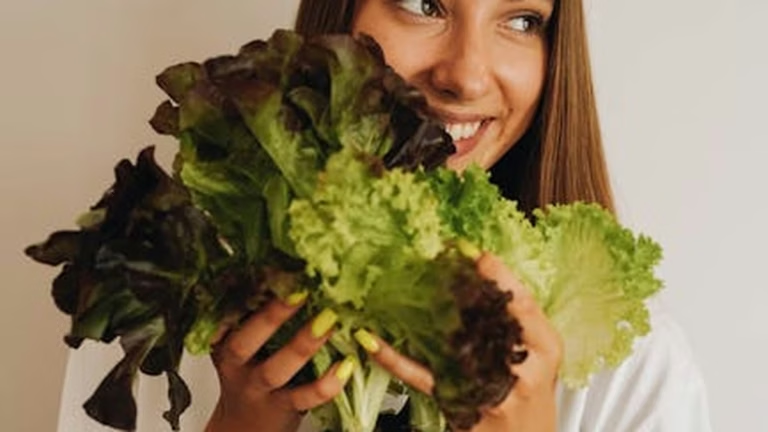Hydration Habits for Fall: Staying Hydrated When You’re Not Thirsty
The Fall Hydration Paradox
As the leaves change and the air turns crisp, our thoughts often drift to cozy sweaters, pumpkin spice lattes, and apple picking. One thing that often gets overlooked during this season is hydration. The summer heat, a constant reminder to drink water, fades into the background, and we may find ourselves unknowingly dehydrated. While the scorching temperatures might be gone, staying hydrated in the fall is just as crucial for maintaining overall health and well-being. This article will explore the reasons why fall hydration is important and offer practical tips to help you establish healthy hydration habits, even when you’re not feeling particularly thirsty.
Why Hydration Matters in the Fall
The shift in seasons brings about changes in our environment and our bodies. Here are some reasons why staying hydrated is essential during the fall:
Dry Air
Fall often brings drier air, both indoors and outdoors. As the temperature drops, we tend to turn on our heating systems, which can further reduce humidity levels. This dry air can lead to increased water loss through our skin and respiratory system, leaving us feeling dehydrated without realizing it.
Lower Thirst Response
During the cooler months, our thirst response may not be as strong as it is during the summer. We might not feel the urge to drink water as frequently, even though our bodies still need it. This can lead to chronic, low-level dehydration, which can negatively impact various bodily functions.
Increased Physical Activity
Fall is a popular time for outdoor activities like hiking, apple picking, and running. These activities can lead to increased perspiration and fluid loss, making it even more important to stay hydrated. Even if you’re not sweating profusely, you’re still losing fluids through respiration.
Immune System Support
Staying hydrated is crucial for a healthy immune system. Dehydration can weaken your immune defenses, making you more susceptible to colds and flu, which are more prevalent during the fall and winter months. Adequate hydration helps to keep your mucous membranes moist, acting as a barrier against pathogens.
Practical Tips for Staying Hydrated This Fall
Here are some practical and easy-to-implement tips to help you stay hydrated throughout the fall season:
- Carry a Water Bottle: Make it a habit to carry a reusable water bottle with you wherever you go. This will serve as a constant reminder to drink water throughout the day.
- Set Reminders: Use your phone or computer to set reminders to drink water at regular intervals. Even a simple hourly reminder can make a big difference.
- Infuse Your Water: If you find plain water boring, try infusing it with fruits, vegetables, or herbs. Cucumber, lemon, berries, and mint are all great options that add flavor and nutrients.
- Eat Hydrating Foods: Many fruits and vegetables have high water content. Incorporate foods like watermelon, grapes, apples, pears, and spinach into your diet. Soups and stews are also excellent sources of hydration.
- Drink Herbal Teas: Warm herbal teas are a comforting and hydrating option for fall. Choose caffeine-free varieties like chamomile, peppermint, or ginger tea.
- Monitor Your Urine: Pay attention to the color of your urine. Pale yellow indicates good hydration, while dark yellow suggests dehydration.
- Hydrate Before, During, and After Exercise: If you’re engaging in physical activity, be sure to drink water before, during, and after your workout.
- Avoid Excessive Caffeine and Alcohol: Both caffeine and alcohol can have a diuretic effect, leading to dehydration. Limit your intake of these beverages and compensate by drinking extra water.
Beyond Water: Other Hydrating Options
While water is the best choice for hydration, there are other beverages and foods that can contribute to your daily fluid intake:
- Coconut Water: A natural source of electrolytes, coconut water can help replenish fluids lost through sweat.
- Sports Drinks: While often high in sugar, sports drinks can be beneficial for rehydration after intense exercise, as they contain electrolytes like sodium and potassium. Choose low-sugar options when possible.
- Broth-Based Soups: Soups like chicken noodle soup or vegetable broth are not only hydrating but also provide essential nutrients and can help soothe a sore throat.
Listen to Your Body
Ultimately, the best way to stay hydrated is to listen to your body’s signals. Pay attention to how you’re feeling and drink water whenever you feel thirsty. Don’t wait until you’re feeling parched to reach for a glass of water. By incorporating these simple tips into your daily routine, you can stay hydrated, healthy, and energized throughout the fall season.
Conclusion
Staying hydrated in the fall doesn’t have to be a chore. By understanding the importance of hydration during this season and incorporating these practical tips into your daily routine, you can ensure that your body is getting the fluids it needs to function optimally. Embrace the cooler weather and enjoy all that fall has to offer, knowing that you’re taking care of your health and well-being by staying properly hydrated. Make hydration a mindful habit, and you’ll be well-equipped to thrive throughout the season and beyond. Remember, consistent hydration is key to feeling your best. Cheers to a healthy and hydrated fall!






